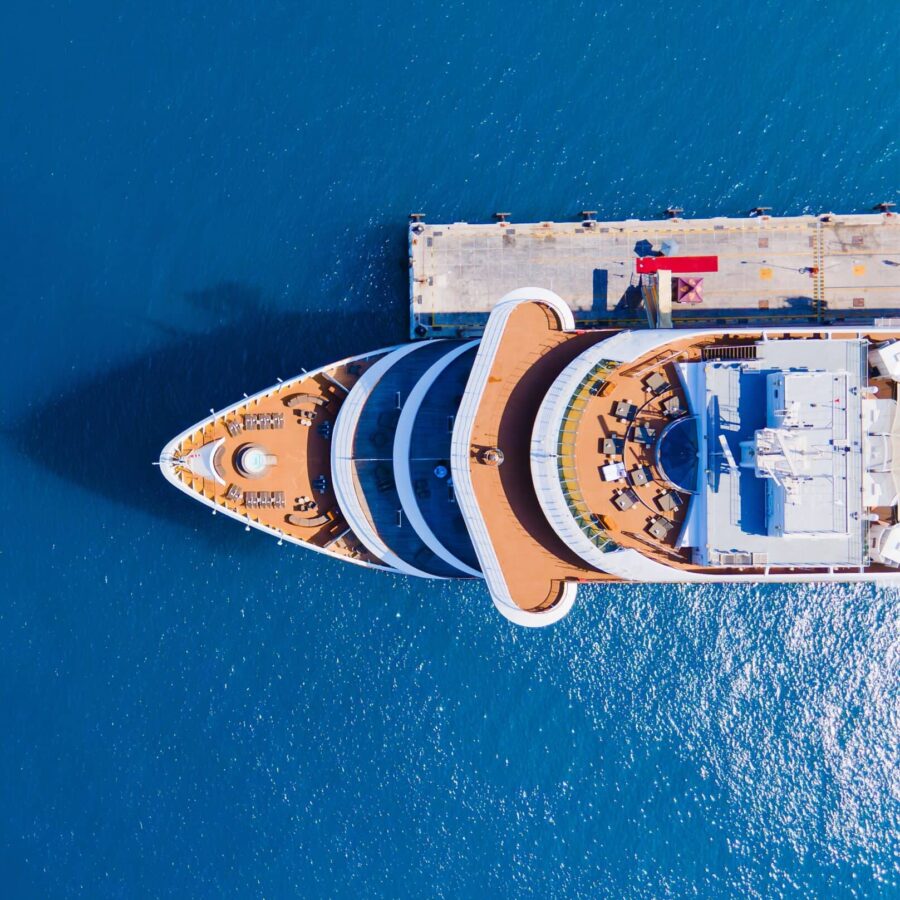A month after the cruise industry announced it would suspend new sailings because of the novel coronavirus, the extent that illness stowed away on ships, infecting thousands of people is only beginning to be clear.
Cruise ships still are at sea – some of them sailed just before the March 14 date set by the trade group Cruise Lines International Association for a 30-day moratorium on new sailings. Eight ships sailed in the hours before the suspension and one after, according to analysis by USA Today.
That was after the World Health Organization declared a pandemic on March 11 and well after the Diamond Princess became a worldwide example of the possibility of disease spreading on a cruise ship packed with people and crew from all over the world. The Diamond Princess spent a month in Yokohama after it docked in February as government officials and the cruise line sorted out how to handle quarantining and disembarking passengers. More than 700 passengers were infected and 12 died.
The Grand Princess also saw infections after a trip from California to Mexico included infected passengers and the ship continued on another trip to Hawaii. Crew and passengers on board both trips have tested positive and the cruise line has been subject to a spate of lawsuits over the sailings.
On April 9, the Centers for Disease Control and Prevention extended the “No Sail” order until the public health emergency passes, or up to 100 days from the time the order is published.
But new infections are still possible with thousands of people still aboard ships. About 80,000 crew are aboard 100 ships offshore from the U.S. and 20 ships at anchorage or port in the U.S. have known or suspected COVID-19 cases onboard.
More than 6,300 passengers still are at sea on eight ships around the world, according to an analysis by the Guardian. One ship that docked recently, the Antarctic cruise ship Greg Mortimer, operated by the Aurora Expeditions, was stuck off the coast of Uruguay after the cruise was cut short because of the coronavirus – 128 of the 217 passengers were infected.
When the voluntary cruise suspension first was announced, Adam Goldstein, CLIA global chairman, noted the industry was vital to the economy. “During this time, we will continue to work with the CDC and others to prepare for resumption of sailings when it is appropriate. We know the travel industry is a huge economic engine for the United States and when our ships once again sail, our industry will be a significant contributor to fueling the economic recovery.”
But the fallout from those infected aboard cruise ships will reverberate as governments investigate and passengers file suits.


